Search The Collection
Filter By
Object Type / Material
Geographic Location
Date / Era
Department
Show Only:
- As part of the Met's Open Access policy, you can freely copy, modify and distribute this image, even for commercial purposes.APIPublic domain data for this object can also be accessed using the Met's Open Access API
- Objects with changed or unknown ownership in continental Europe between 1933-1945. Learn more
Showing 2,954 results for W. Bone
Sort By:
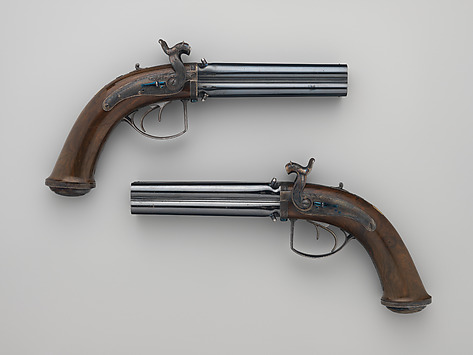
James Purdey the Elder
1831

Durs Egg
ca. 1805–10; converted after 1818

Jacob Kuntz
ca. 1810–20
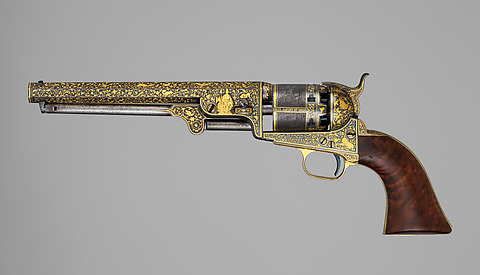
Samuel Colt
ca. 1853

Caucasian, probably Tbilisi, Georgia
dated A.H. 1273 /1856–57 CE and 1861

Charles Moore
ca. 1825
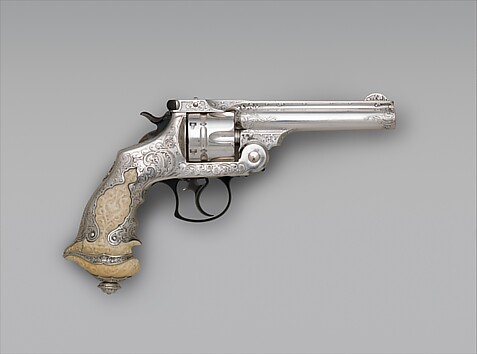
Smith & Wesson
1888–89
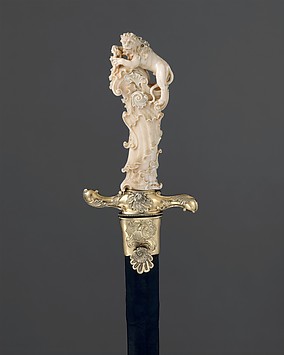
Joseph Deutschmann
ca. 1740

Bamen Tomotsugu
18th century
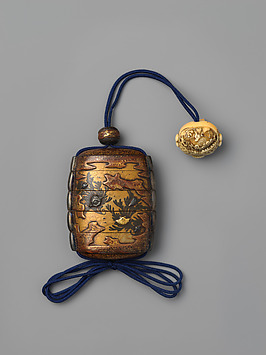
Japan
17th–18th century
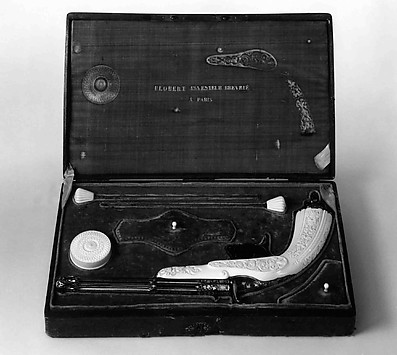
Louis Nicolas Auguste Flobert
ca. 1855

Smith & Wesson
ca. 1893
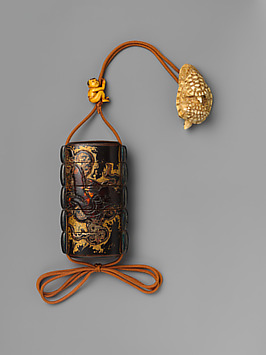
Japan
17th–18th century
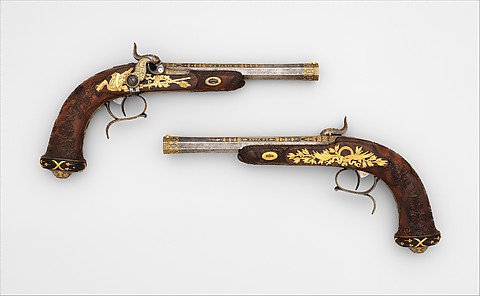
Jean André Prosper Henri Le Page
dated 1829
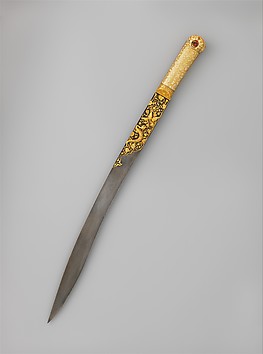
Ahmed Tekelü
ca. 1525–30
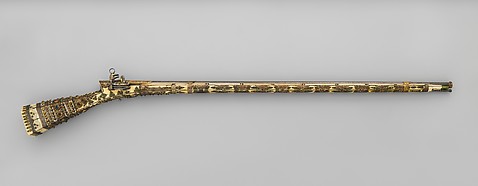
Turkish
late 18th century
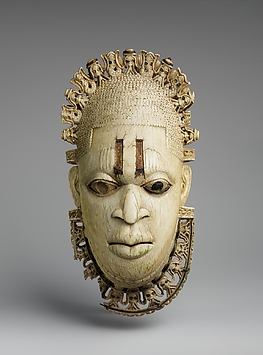
Edo artist
16th century

Japanese
17th century
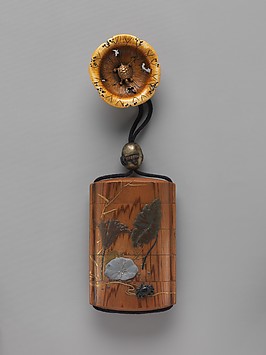
Japan
second half 19th century
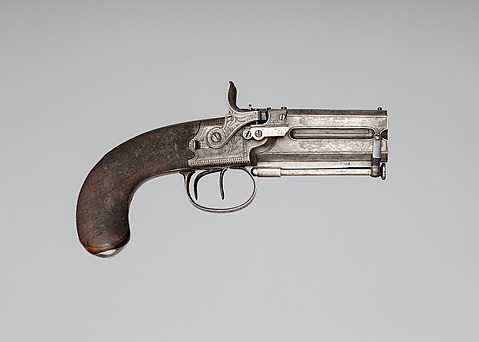
Alexander John Forsyth
ca. 1824
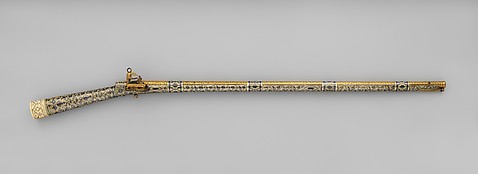
Caucasian, Kubachi, Dagestan
ca. 1800–1850
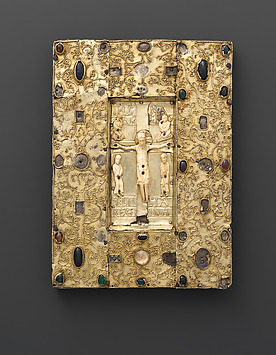
Spanish
late 11th century
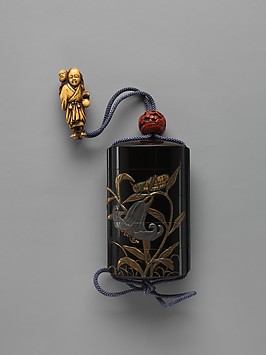
Nomura Chōkei (dates unknown)
18th–19th century

Japan
18th century
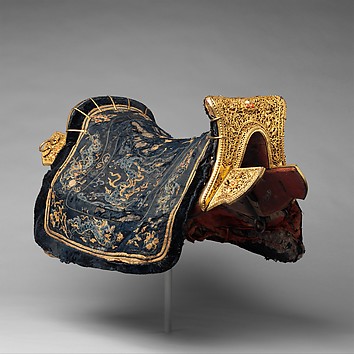
Chinese
17th–18th century
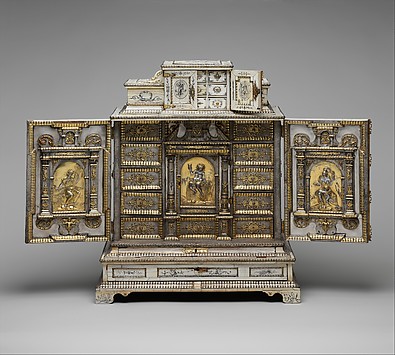
Melchior Baumgartner
ca. 1655–59, engraved decorations ca. 1825–50
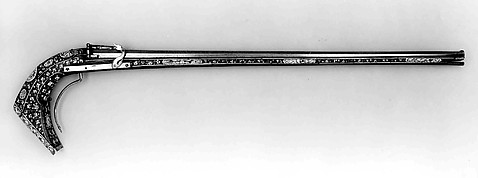
French
ca. 1570–80
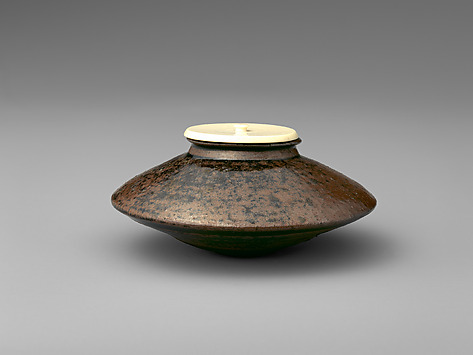
Japan
18th century

Persian, Qajar
ca. 1800
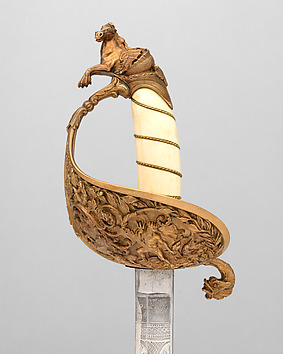
Ames Manufacturing Company
ca. 1865
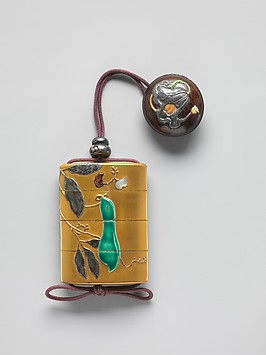
Mochizuki Hanzan
18th century
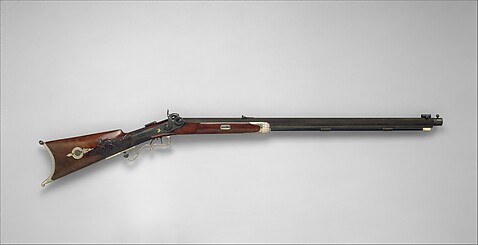
Julius Grudchos
ca. 1855–60
Diego de Caias
ca. 1530
s1s2.jpg)
Dutch, Maastricht
ca. 1655–65
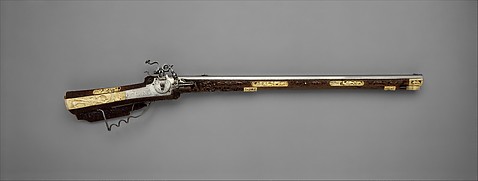
Johann Michael Maucher
ca. 1680–90
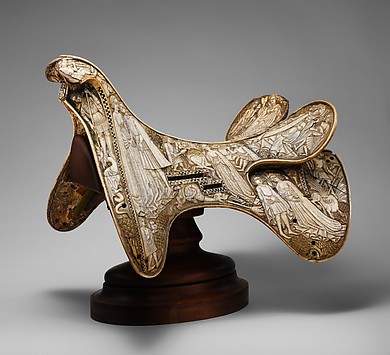
Central European
ca. 1400–1420
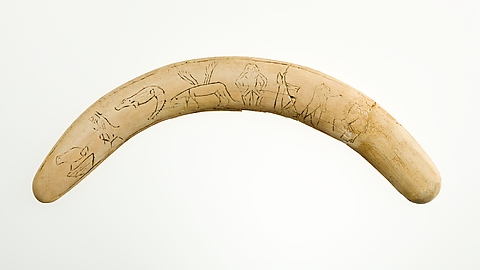
ca. 1850–1640 B.C.
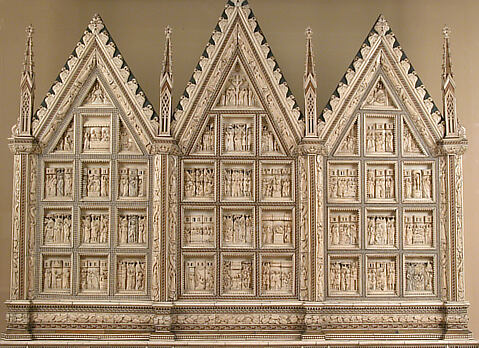
Baldassare degli Embriachi
ca. 1390–1400
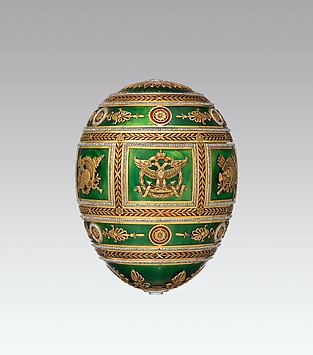
House of Carl Fabergé
1912
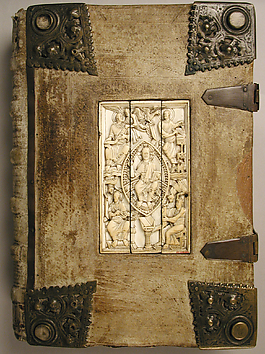
Ottonian
1000–1100